Bibliographic Information
Article Title
Field-Based Decisions on the Collection of Archaeological Materials: Monitoring and Ethics
Journal Title
Collections: A Journal for Museum and Archives Professionals
Author(s)
Brennan, Ellen
Year of Publication
2020
Volume Number
17
Issue Number
1
Article Pages
10-14
Web Address (URL)
Additional Information
Available Through
Sage Journals
Language
English
Notes
Cultural resource managers are faced with increasing challenges regarding decisions to collect archaeological artifacts from site contexts. Increased visitation, information sharing through social media, and recreation contribute to challenges to preserving archaeological sites and the undisturbed artifacts they contain. Many National Park Service cultural resource managers and staff are directed to manage archaeological resources in-situ. To our tribal colleagues, archaeological sites and artifacts represent links to their oral histories and their ancestors. To others, artifacts provide insights to past ways of life and add an intangible and irreplaceable quality to archaeological sites. Under normal circumstances materials gathered during data recovery projects are curated as they should be. Grab-samples and artifacts from unexcavated archaeological contexts, that is surface collection, must be carefully evaluated prior to gathering archaeological materials, otherwise we run the risk of storing artifacts for decades that are not analyzed, curated, or used to further our knowledge about the past. This article presents a case study of how monitoring information and field-based decision-making guided the collection, but not the accession, of an archaeological artifact from an in-situ context.

